In which Sid and Doris enjoy the architecture of Vichy’s heydays and learn the history of the Petain regime.
On these trips S and D see more than can sensibly be shown, but ….
Before leaving for Vichy we went to Notre Dame du Port to enjoy the decorated Romanesque. The first picture is taken from the top of the neighbouring Belvedere (at opening time).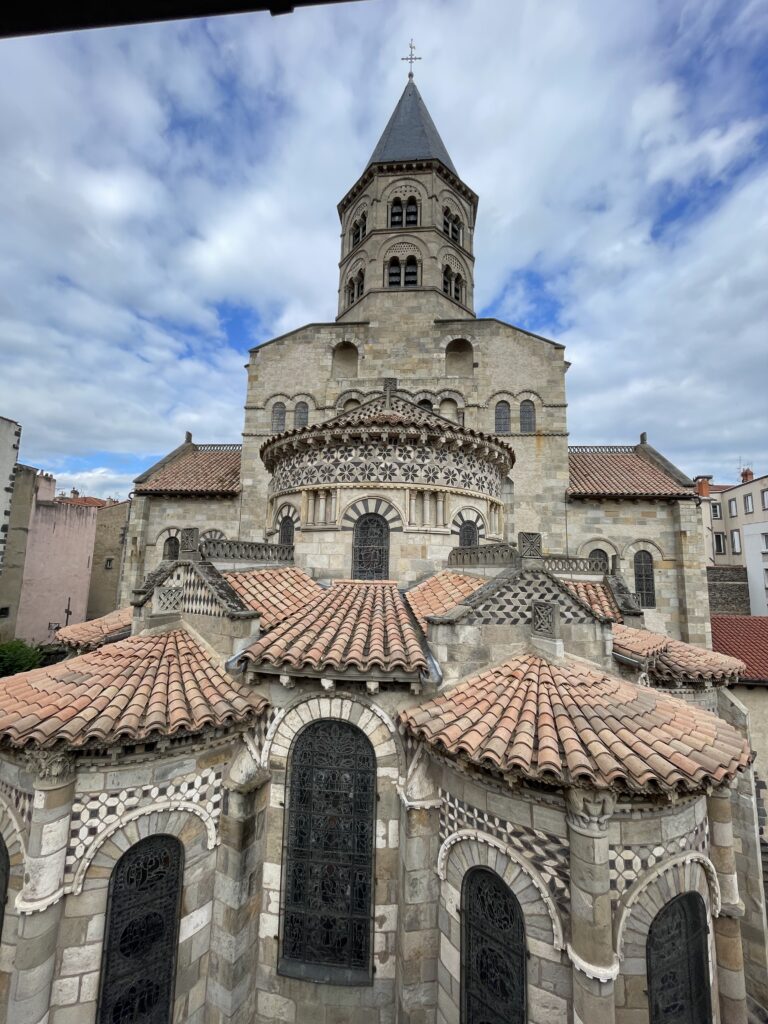
Our visit to Musee Bargoin had majored on Roman era votive offerings and milagros so we were more alive to these than usual.
Just one more, even sceptical cynics can be moved.
Suppose Marguerite had lived to 1950, what a background to her life.
The S and D route to the Channel goes through Vichy because the town has great architecture and too much history. It also suits because it sneaks around some hills. It is such a dull ride that there is no picture taken between leaving Clermont and arriving in Vichy.
Though a spa town from the late 1700s it really blossomed with the patronage of Napoleon III. The Paris Lyon Mediterranee line put a station at Vichy in 1862. This poster was in our bedroom. (It all joins up.)
Large hotels were built around the baths and water drinking halls, which themselves are light, airy and slightly like the market halls in Paxton style iron and glass. As people came for weeks of cure there had to be diversions. Money taking diversions such as the racecourse and casinos as well as theatres and cinemas.
Between the wars as many as 100,000 people would be staying at once. Simenon fans will know Maigret Takes The Waters, featuring the bandstand where Sid and Doris heard the local wind band.
With this rich clientele in 1938 the town built an aeroport which is still in use.
And much as hotels now need decent WiFi in the 1930s they needed the town to have a state of the art telephone exchange.
So, when Marshal Petain signed the July 1940 armistice the unoccupied zone would need a capital. In the opera house at Vichy the deputies voted to end the third republic, create L’Etat Francais (abandoning Egalite, Fraternite, Liberty in favour of Work, Family and Fatherland) where Petain ran a Franco-esque Catholic, conservative and authoritarian society overseen by the Germans.
Vichy was chosen because it had great communications, was in the Zone Libre and plenty of hotels to accommodate the civil servants or their offices. The town has quite recently begun to explain its past after many years of silence.
This picture from Encyclopaedia Britannica shows how France was divided.
Walking to see where the offices of Petain, the Gestapo and Milice had been S and D were invited into one of the big ministry-hotels (now private flats) by a Vichy Ambassador. Vichy was very grand and would still make a great stop for anyone on their Grand Tour.
As Michelin Green Guides say: Vaut le voyage.
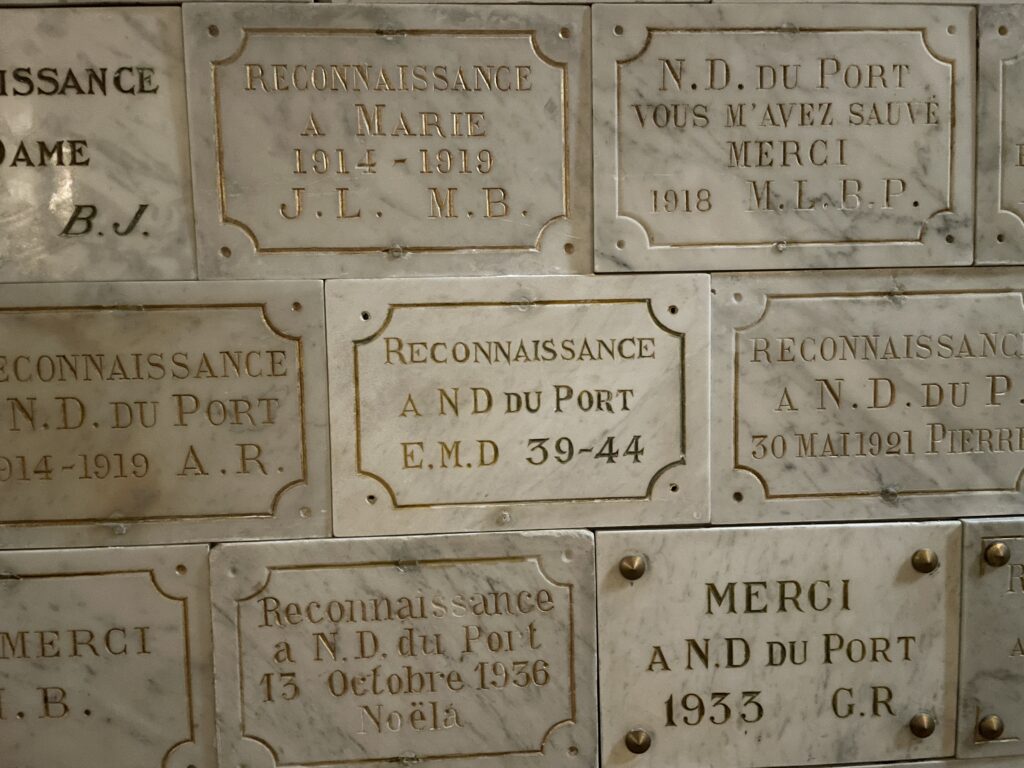
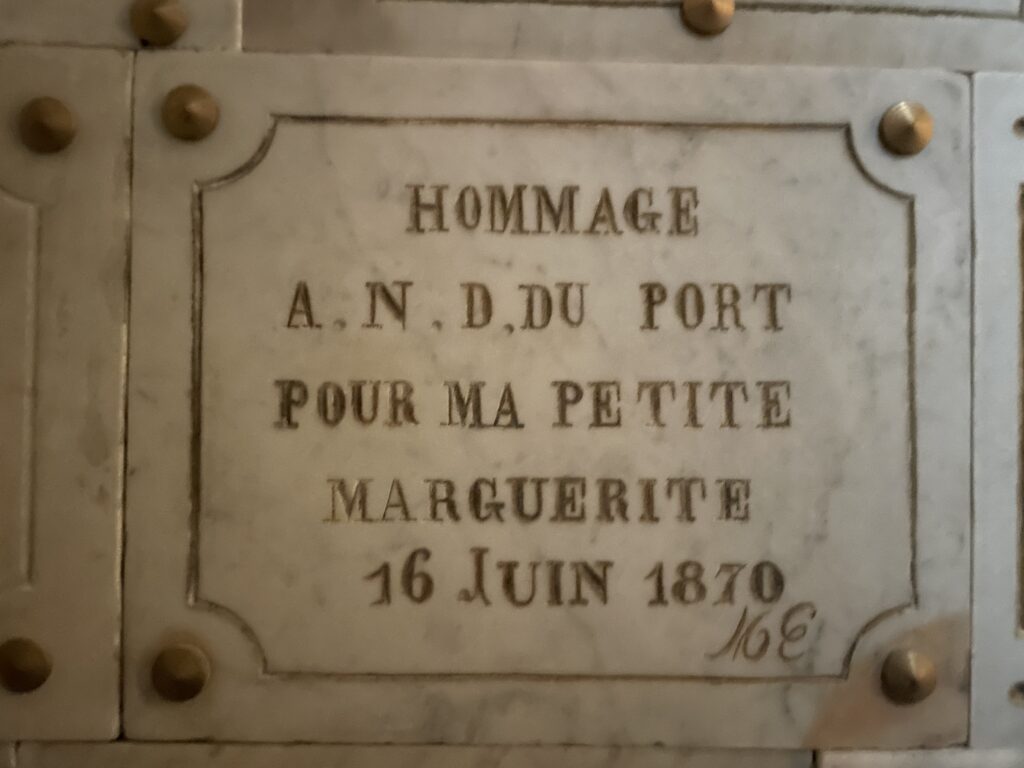
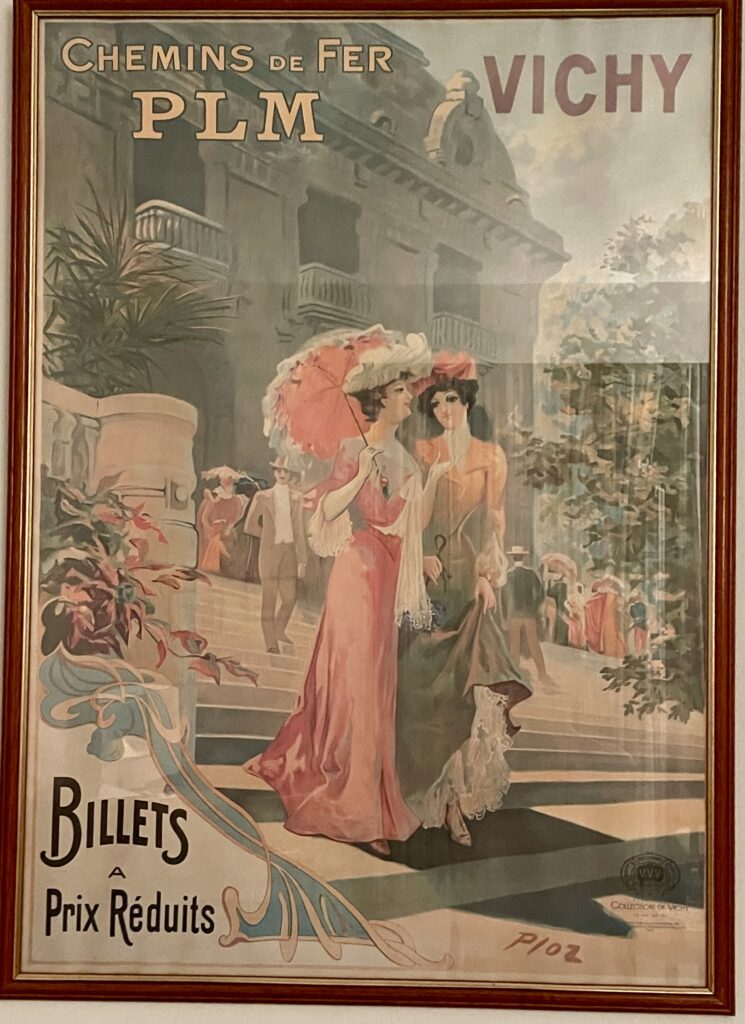
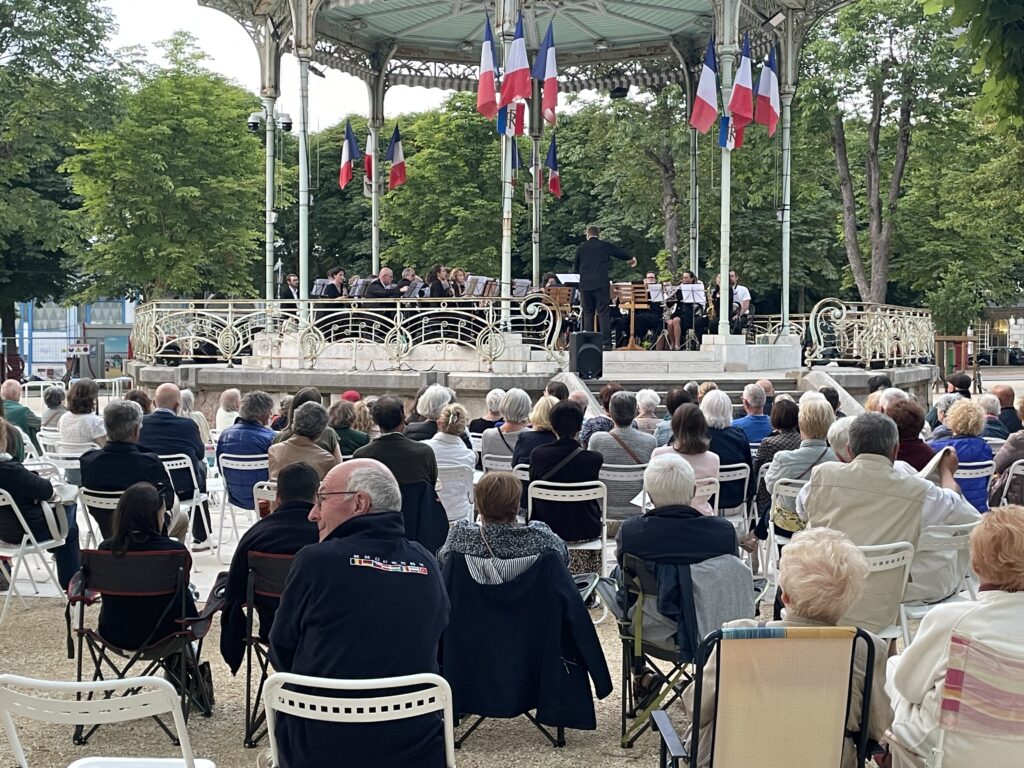
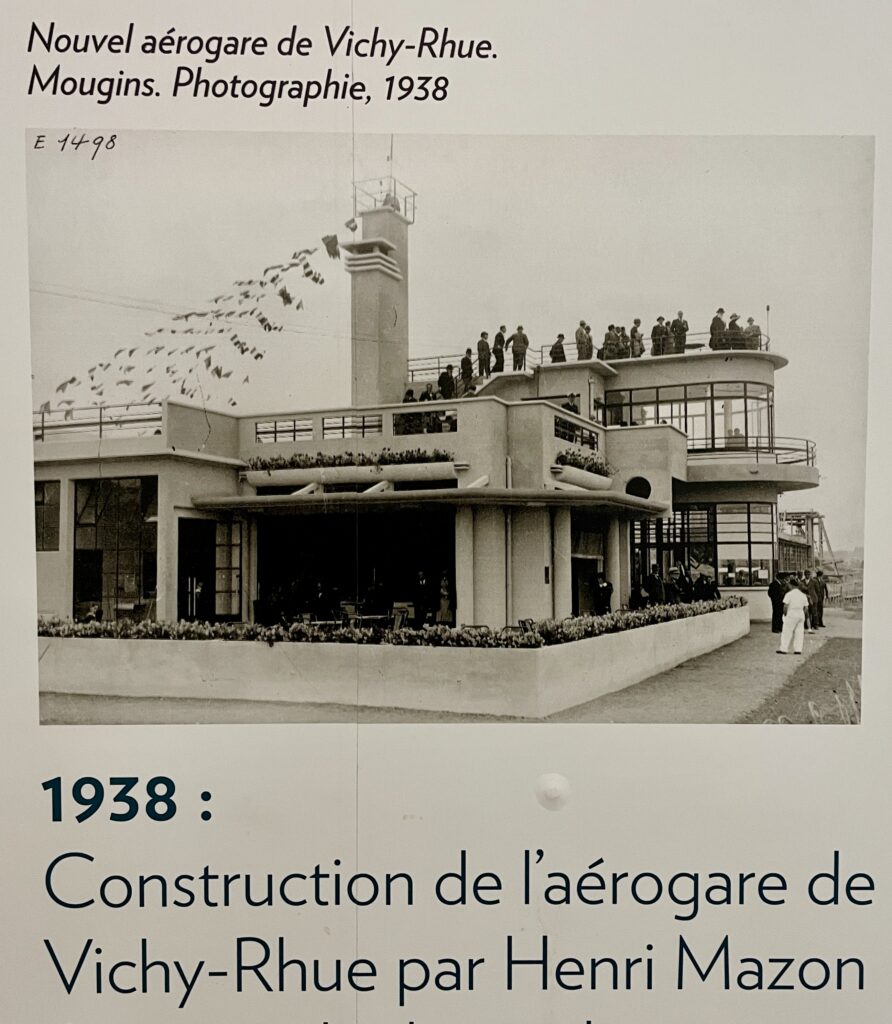
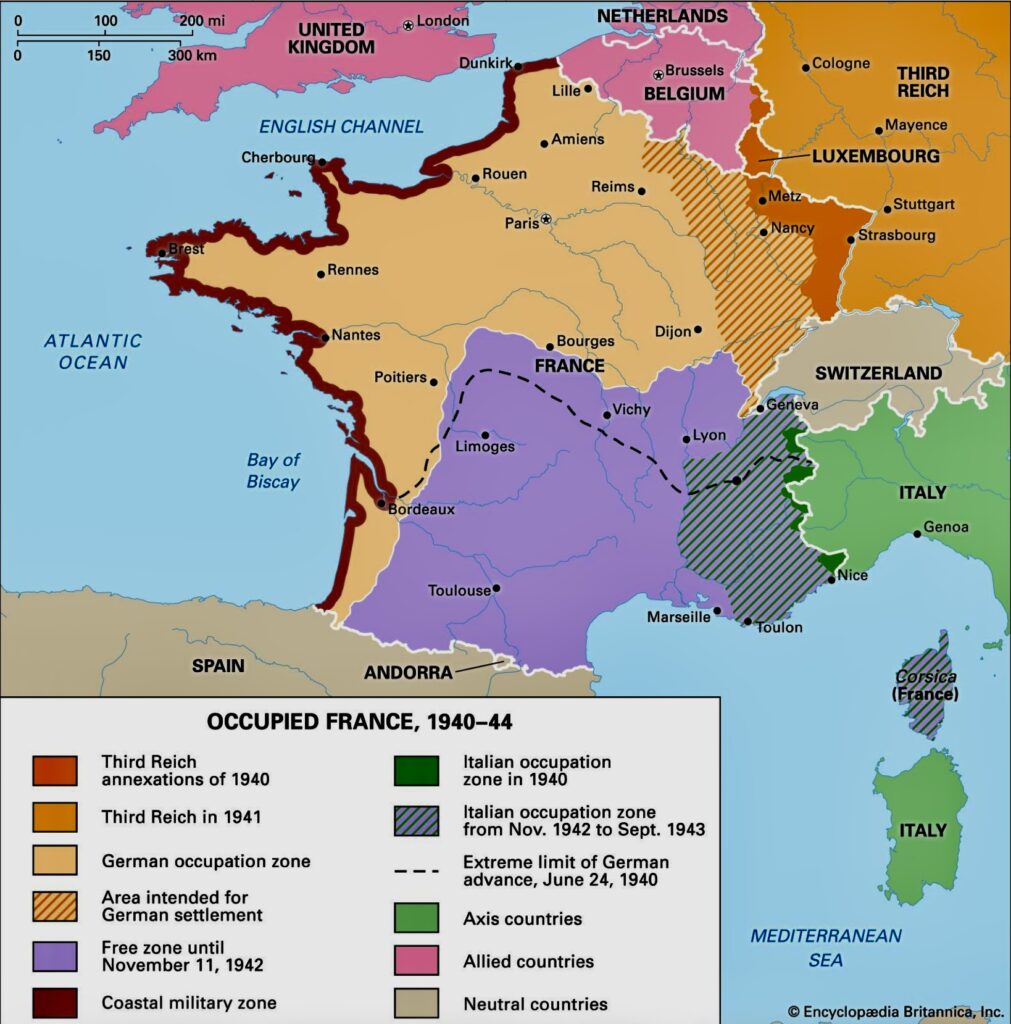
There was a time when people climbed atop an airport terminal to watch the planes come and go. Now, they complain about the noise.
My mother used to take us to the observation gallery at Gatwick. Catherine and I lived in Putney under the Heathrow flight path. Most of the noise was just noise but we would look up at the thunder and shape of Concorde.